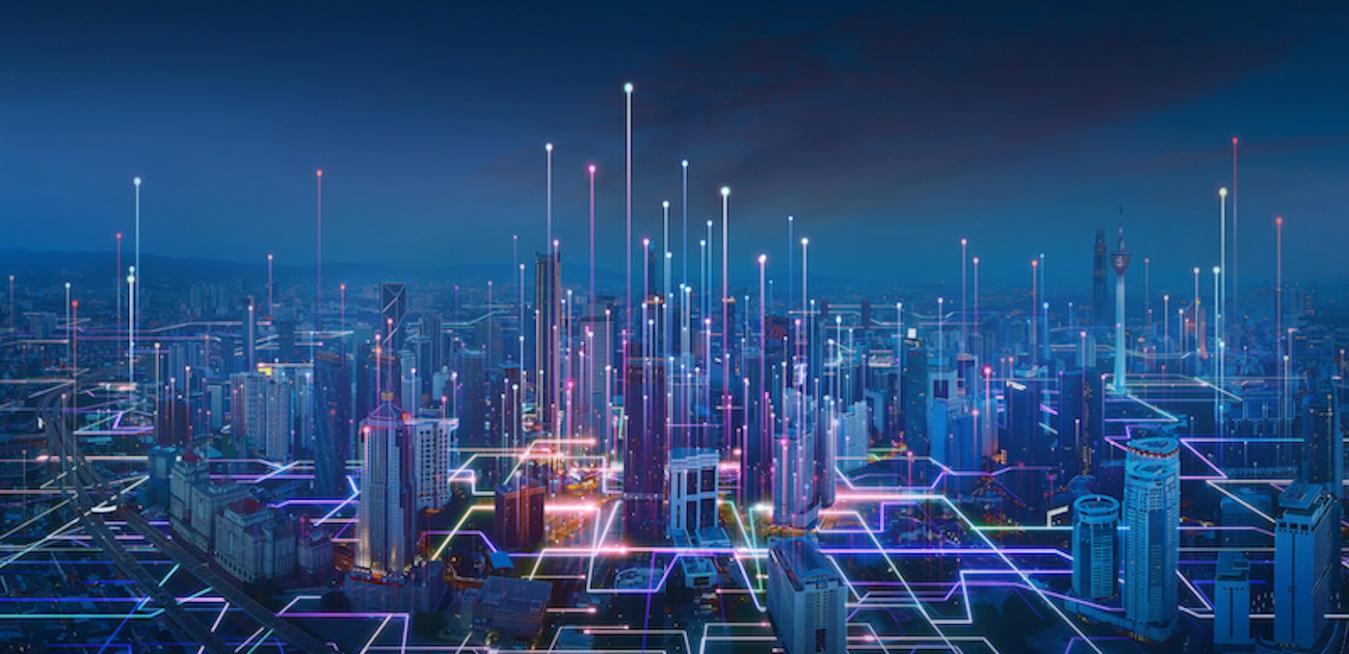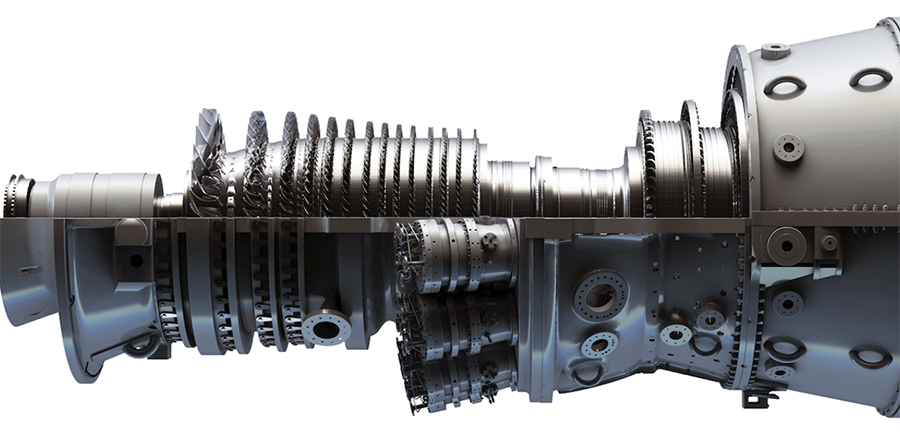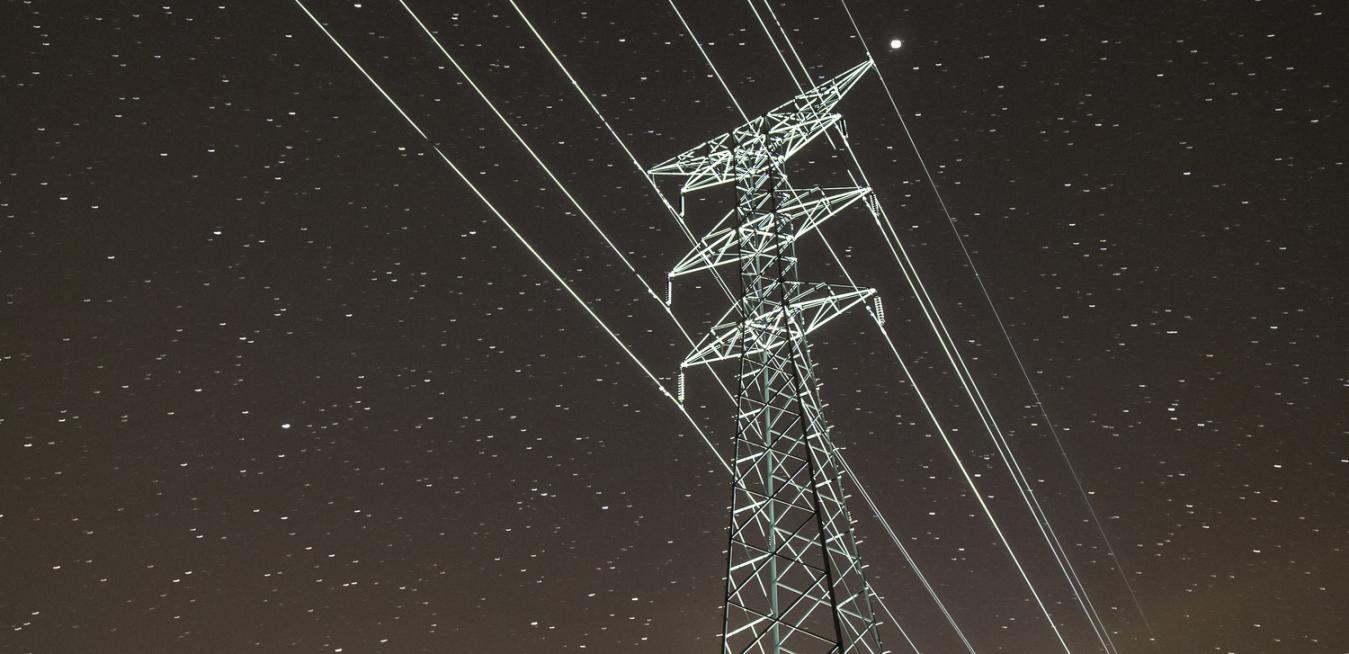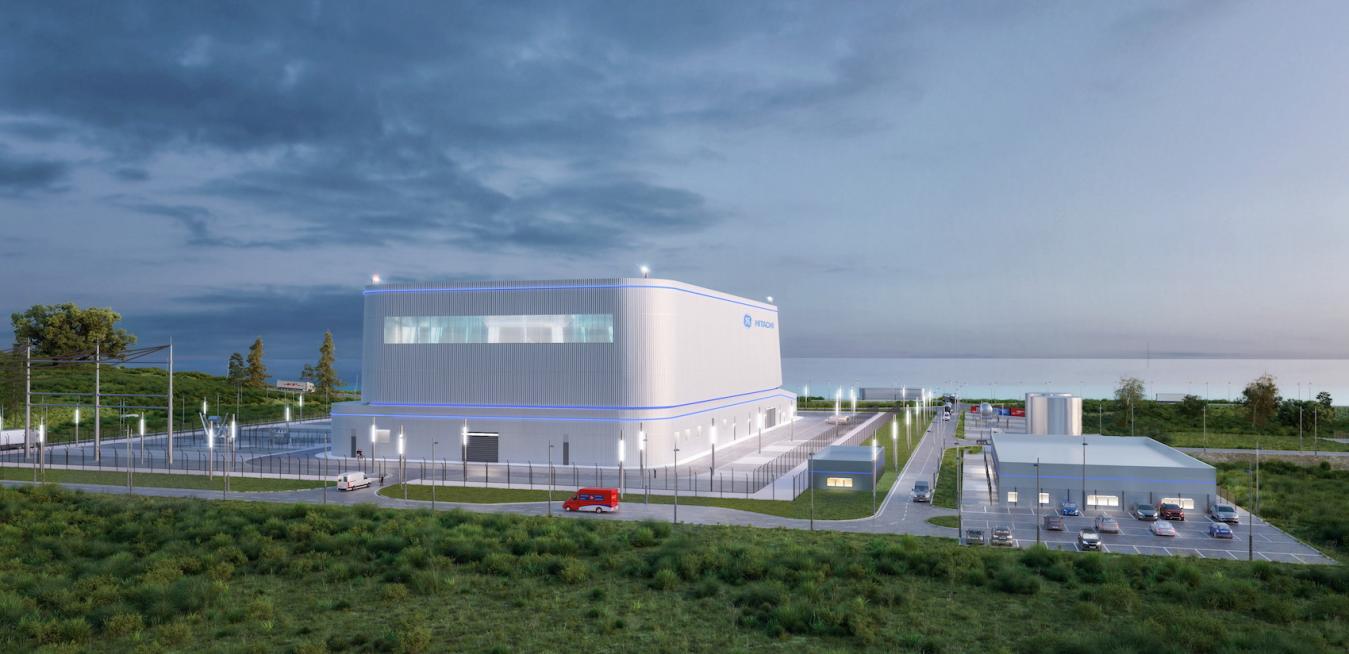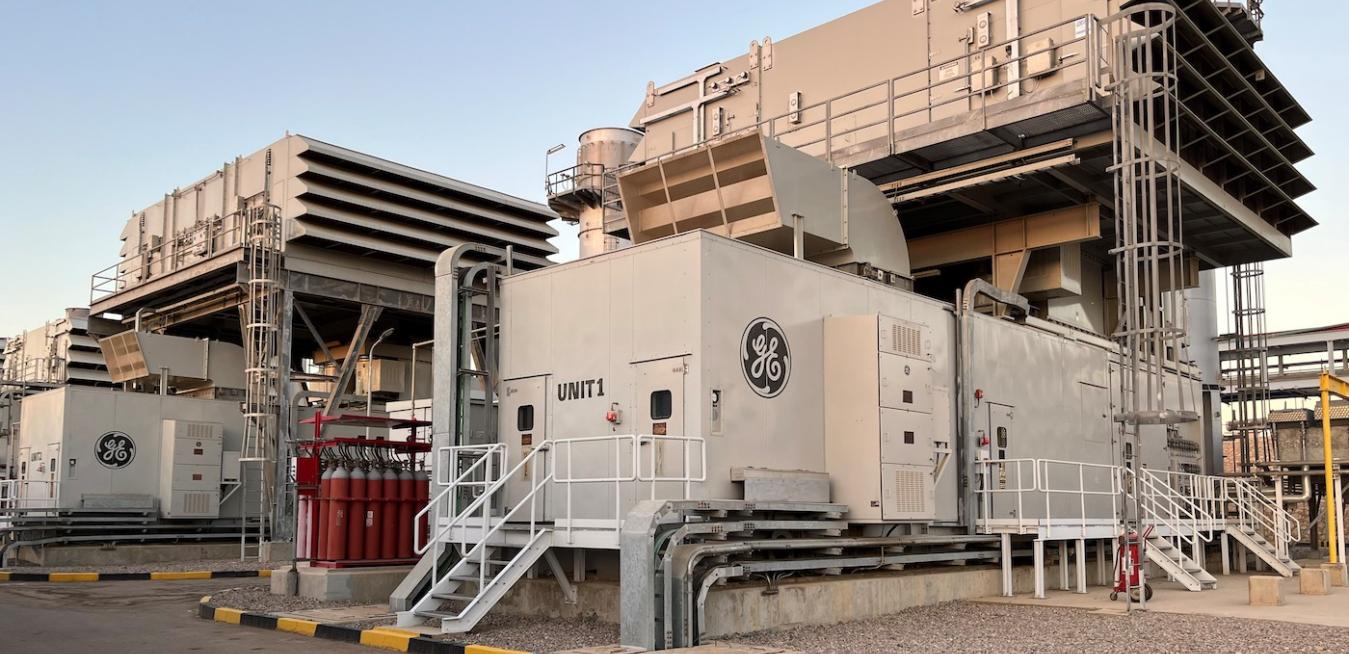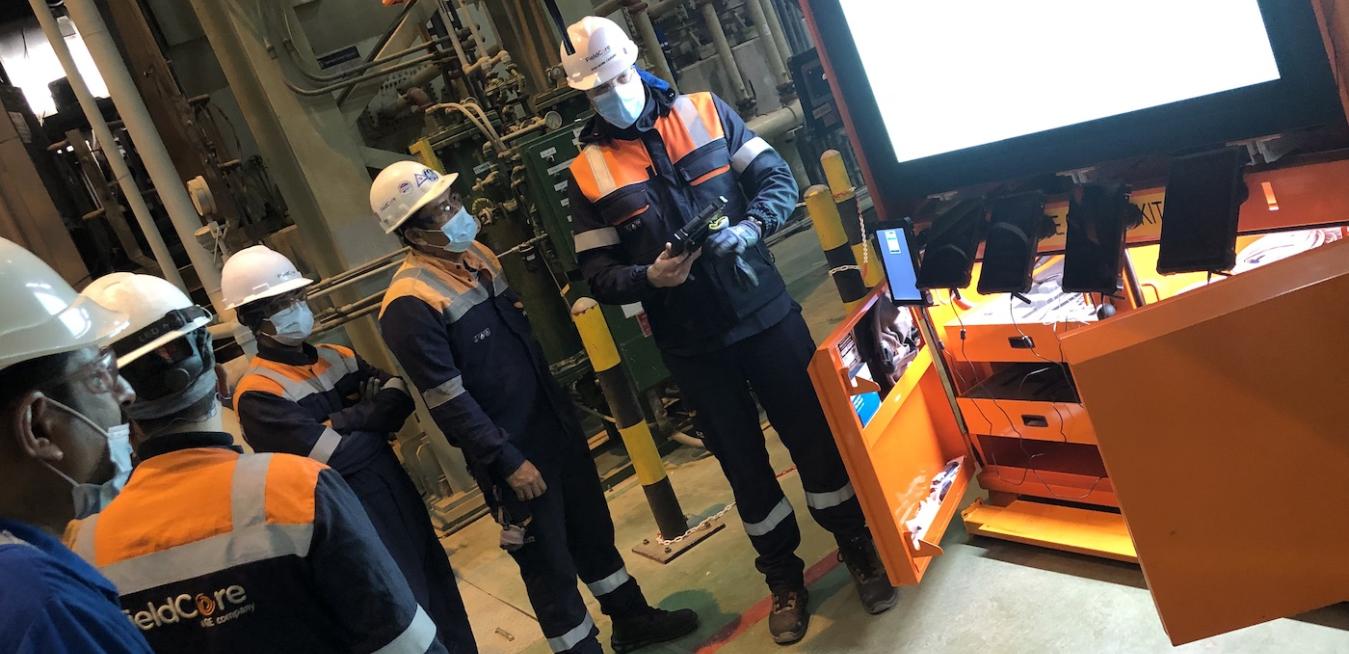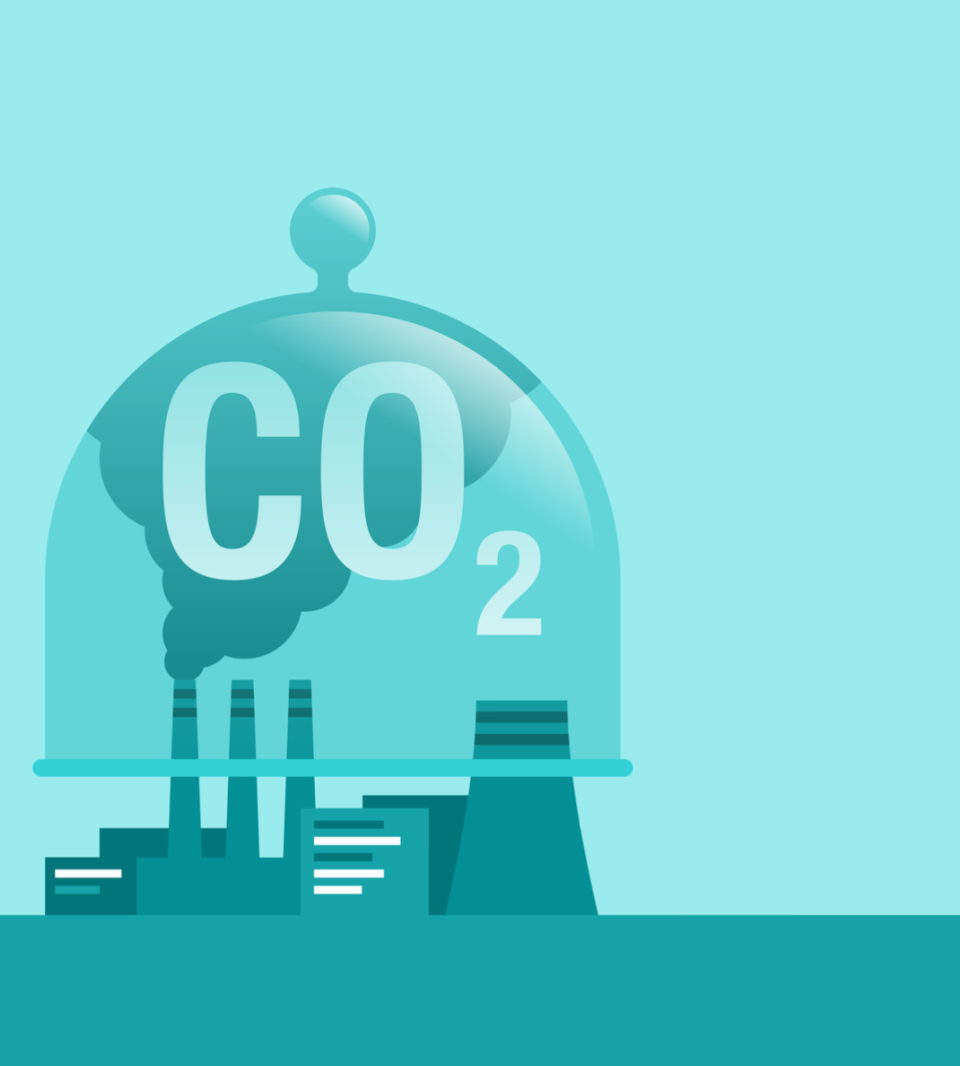- System employs unique technical approach that brings together GE’s core competencies in heat exchangers, thermal management, and innovative materials
- The Direct Air Capture (DAC) system is part of a much larger effort led by GE’s CAGE (Climate Action@GE) Lab in Niskayuna, NY, to deliver cutting-edge solutions in CO2 capture
- GE’s CAGE Lab involves a carbon capture team of 50+ scientists and engineers, working with the U.S.
For media inquiries, please contact:
Todd Alhart
Director, Innovation Communications
GE Aerospace
+1 518 338 5880
[email protected]
business unit
tags
Electrical power systems, better known as the grid, have largely worked the same way for more than 100 years. The vast network of wires, switches, transformers, and other technologies were designed for a one-way power flow, moving electrons from the point of generation to the point of consumption. Today, rapid changes are putting tremendous pressure on the grid. Electricity is no longer flowing in one direction only. You might think of it as a free-for-all — from the intermittent flows of big wind and solar projects to rooftop solar panels to an EV in the driveway.
Fighting today’s emissions is one kind of project, but what about fighting yesterday’s? The world has been pumping out carbon dioxide since the industrial revolution, building a mountain of CO2 that won’t be dislodged by new solar power or electric vehicles. An emerging approach to attack this legacy CO2 is direct air capture, or DAC.
Japan presides over a highly developed economy, yet, lacking abundant domestic energy sources, it remains reliant on the costly import of coal, oil, and natural gas in the form of liquefied natural gas. But what if there was a way to import energy that’s a lot cleaner? And not only to Japan but all of Asia?
In 2023, the United Arab Emirates is taking center stage in the global efforts to address climate change and sustainability. This past week, leaders gathered for Abu Dhabi Sustainability Week, kicking off a year of events leading up to the UAE-hosted COP28 at the end of the year. This momentum, following on the heels of the successful COP27 in Egypt — the “implementation COP” — will help continue driving positive action in emerging markets and globally for the decade to come.
Like most countries, the United Kingdom is making swift moves to try to reduce carbon emissions and increase energy security through wind, solar, and other renewables. And as in many other countries, nuclear energy is set to play a large role. The nation already gets about 15% of its electricity from nuclear, and aims to triple its capacity to 24 gigawatts (GW) by 2050, which would cover some 25% of its future electricity needs, all while retiring older gas-cooled nuclear plants.
Many of the world’s policymakers and major utilities who attended the 27th United Nations Climate Change conference in Egypt last month heard about GE’s LM6000 aeroderivative turbine. GE has shipped 1,300 units to date, and the turbine fleet has clocked more than 40 million operating hours worldwide. The easy-to-deploy LM6000, which is derived from a jet engine, is particularly welcomed in developing countries that need a quick boost in grid capacity.
There are about 7,000 GE gas turbines distributed throughout the world. Each one needs regular maintenance — a few weeks every several years in which a power plant is taken offline for service, repairs, and potential upgrades. This involves a great deal of planning to prepare for the outage. It’s meticulous in nature, due to the complexity of the technology and the environment. All this work requires an encyclopedic amount of documentation to support the activities, including technical specs, equipment lists, safety protocols, diagrams, data sheets, and quality control forms.
Natural gas plants are an important part of the energy transition, as one of the tools to support more renewables being added to the grid. But despite the benefits gas offers in terms of reliability and availability, natural gas is a fossil fuel that produces carbon emissions (though much less than coal). GE Gas Power is working on a variety of ways to reduce the carbon emissions of gas-powered power stations. One of them is tantalizing: capture the carbon that’s emitted at the power station.
